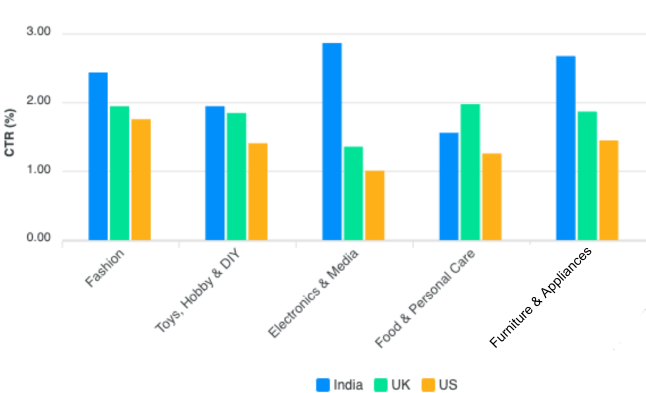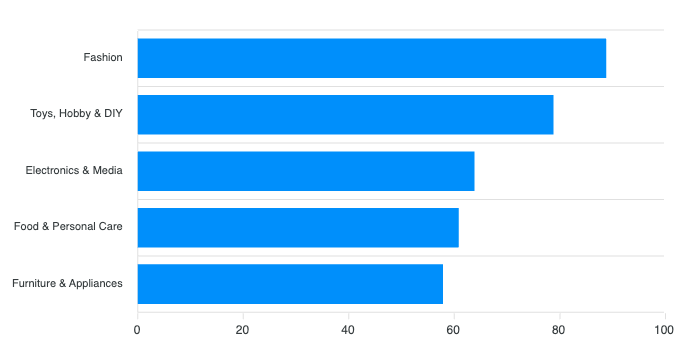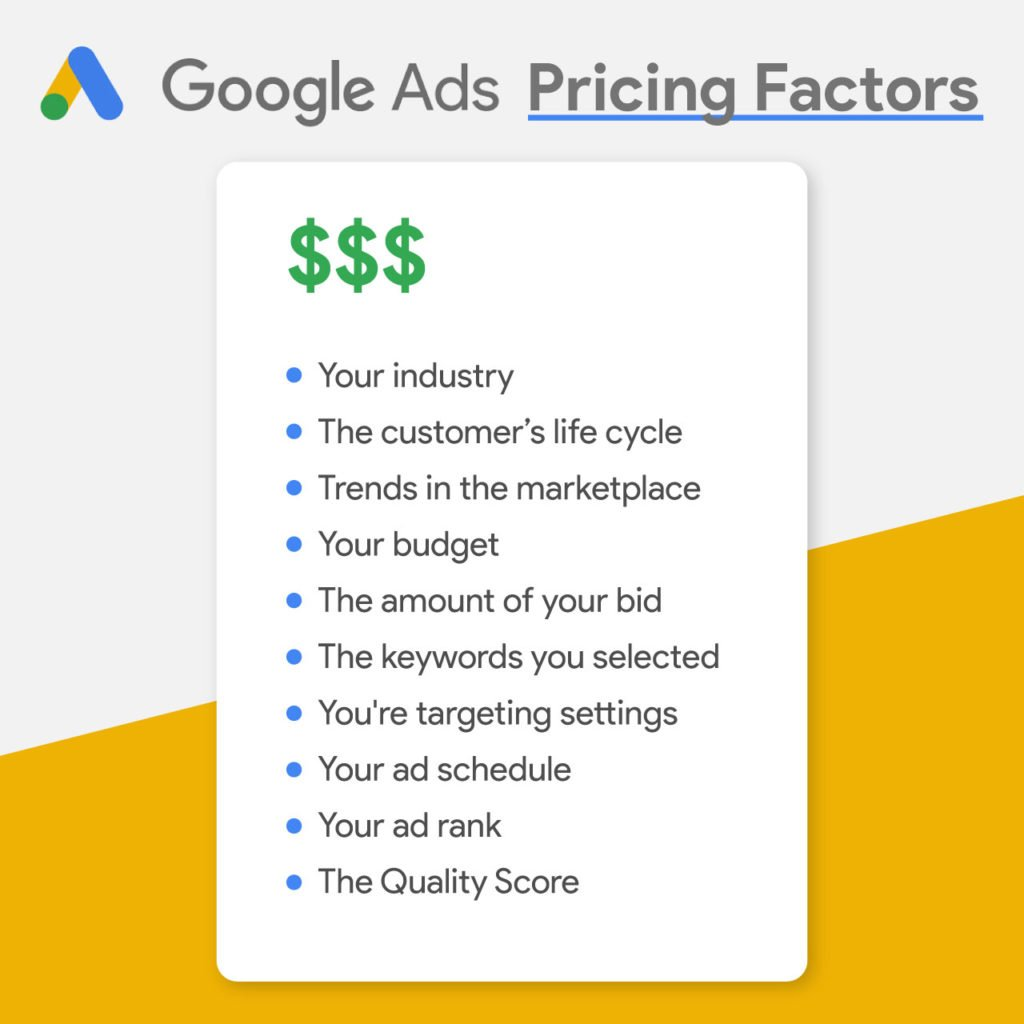In today’s digital advertising landscape—where data, conversions, and ROI dominate strategic discussions—it’s easy to overlook the foundational value of visibility. Yet the cost per impression Google Ads model remains one of the most underutilized levers for long-term brand growth. While cost-per-click (CPC) campaigns are often favored for their direct attribution and short-term performance, CPM (cost per thousand impressions) bidding offers a different kind of power: the ability to build brand presence at scale.
As consumer attention becomes increasingly fragmented across platforms, gaining consistent brand exposure is no longer optional—it’s essential. Impressions are not just vanity metrics; they are the first handshake between your brand and potential customers. In an attention economy where visibility equals relevance, understanding and optimizing your cost per impression Google Ads strategy can drive measurable brand lift and set the stage for stronger downstream performance.
What Is Cost Per Impression in Google Ads?

At its core, cost per impression in Google Ads—commonly referred to as CPM (Cost Per Mille)—represents how much you pay for every 1,000 times your ad is shown, regardless of whether users click on it. Unlike CPC (cost-per-click) campaigns, where you’re charged only when engagement occurs, CPM is designed to maximize reach and visibility, especially across visual-heavy placements like the Google Display Network and YouTube.
This pricing model is particularly effective for businesses focused on brand awareness, product launches, or staying top-of-mind in a competitive category. With cost per impression Google Ads, marketers aren’t just buying clicks—they’re buying attention, scale, and mental availability. That makes CPM an essential part of any modern media mix, especially when complemented with high-quality creative and precise audience targeting.
Understanding how Google’s ad auction system calculates impressions and assigns value to each one is key to running effective CPM campaigns. Ad rank, Quality Score, and contextual relevance all contribute to your ultimate cost—and more importantly, to the quality of the visibility your brand achieves.
When to Use CPM Bidding: Strategic Scenarios
While cost-per-click models dominate performance marketing, cost per impression Google Ads serves a different—but equally strategic—purpose: building awareness at scale. CPM bidding shines in scenarios where your goal is to be seen, remembered, and associated with a particular message or category—rather than drive immediate clicks or conversions.
Launching a new product? CPM allows you to cast a wide net, putting your brand in front of as many relevant eyes as possible during those critical early stages. Running a seasonal campaign or entering a new market? CPM helps you build mental availability before your competitors do. Even for established brands, regular impression-based campaigns can maintain brand recall and defend share of voice across the digital ecosystem.
Additionally, CPM is often the go-to strategy on platforms where visual storytelling reigns—such as YouTube pre-roll ads or rich media banners across the Google Display Network. In these contexts, the impact of a well-placed, well-designed ad doesn’t rely on clicks alone. Visibility becomes the true driver of brand momentum.
Ultimately, choosing cost per impression Google Ads over CPC isn’t about sacrificing performance—it’s about choosing the right tool for the right job. When brand visibility is your leading KPI, CPM is not just valid—it’s vital.
How Google Calculates Cost Per Impression


To run a successful CPM campaign, it’s crucial to understand how Google determines the cost per impression in Google Ads. Unlike fixed-rate advertising models, Google uses a real-time auction system—meaning your CPM isn’t static. It's the outcome of a complex interplay between your bid, your ad quality, and your competition.
The first component is your CPM bid, or the maximum amount you're willing to pay for 1,000 impressions. However, bidding high doesn’t guarantee top placement. Google also evaluates your ad’s Quality Score, which is influenced by factors such as ad relevance, landing page experience, and historical performance. Even with a moderate bid, a high-quality ad can outperform competitors with higher budgets.
Another key factor is Ad Rank, which combines your bid and quality metrics to determine both eligibility and placement. The more relevant and engaging your ad is to the intended audience, the more efficient your cost per impression Google Ads will be.
Additionally, your targeting choices—such as demographics, device types, content categories, and geographic location—impact your final CPM. For example, reaching high-income users in major urban markets may yield a higher CPM than targeting broader, less competitive segments.
Understanding this calculation framework allows marketers to optimize both creatively and strategically. Rather than just raising your bid, improving ad quality and refining targeting can significantly reduce your cost per impression while increasing the value of each view.
CPM Optimization: Making Every Impression Count

Running a CPM campaign is only half the battle—the real value comes from optimizing every impression to ensure it contributes meaningfully to your brand goals. With cost per impression Google Ads, success isn’t just about how many people see your ad, but who sees it, in what context, and how they respond to it emotionally and cognitively.
Start with audience targeting. Precision here is everything. Use first-party data, custom affinity segments, and Google’s in-market audiences to ensure your impressions land in front of people who are actually relevant to your business. A highly targeted CPM campaign often outperforms broad-reach efforts, even if the raw impression count is lower.
Next, focus on creative quality. Since CPM charges you whether a user clicks or not, your ad must be visually compelling and strategically designed to make an impression in seconds. Strong imagery, a clear value proposition, and contextual relevance all help increase recall. For video, the first five seconds are critical—use motion and brand cues early to drive impact.
Don’t forget ad placement controls. Refine where your ads appear by excluding low-performing sites or apps, controlling device types, and using contextual filters to maintain brand safety and relevance. Google’s placement reports and brand lift studies can guide these decisions over time.
Lastly, embrace A/B testing as a core practice. Test variations in creative, audience segments, and formats to determine which combinations yield the best engagement or brand lift per impression. When managed properly, CPM campaigns can become powerful top-of-funnel machines that fuel the rest of your performance funnel.
Optimizing for impressions isn't guesswork—it’s strategic design. With the right setup, cost per impression Google Ads becomes a scalable, brand-building engine that sets the stage for downstream conversion.
Real-World Use Case: CPM Campaign That Worked

To illustrate the strategic power of cost per impression Google Ads, let’s look at a real campaign run by a mid-sized direct-to-consumer apparel brand entering the U.S. market. With a limited budget and no existing brand equity, their goal wasn’t immediate conversions—it was awareness, trust, and market entry positioning.
Rather than competing for expensive clicks in a saturated category, the brand opted for a CPM-focused campaign on the Google Display Network. Their strategy? Hyper-targeted placements using custom audiences built from fashion enthusiast behaviors, layered with geo-targeting in key metropolitan areas like New York, Los Angeles, and Chicago.
Creative assets featured clean, lifestyle-centric visuals with bold taglines designed for quick brand recall. The ads didn’t push discounts or urgency—they told a story, anchoring the brand’s identity in modern, sustainable fashion. Every visual element was optimized for glance-value—because in CPM, attention is currency.
The results? Over 4 million impressions in three weeks, a 12% lift in brand recall (measured through a Google Brand Lift survey), and a significant spike in branded search volume—despite no direct-response CTA. Remarkably, their remarketing campaigns that followed (based on these impressions) saw 30% higher click-through rates and reduced CPC by 22% compared to cold traffic.
This case proves a simple point: when deployed strategically, cost per impression Google Ads doesn’t just make noise—it builds equity. For brands willing to play a long game and understand the psychology of attention, CPM can unlock measurable brand growth even without a single click.
Risks & Misconceptions About Cost Per Impression
Despite its strategic potential, cost per impression Google Ads is often misunderstood—and, in some cases, misused. One of the most common misconceptions is that more impressions automatically translate into greater impact. But without the right audience, creative, or context, impressions can become empty metrics—numbers that inflate dashboards but do little to move the brand forward.
Another frequent pitfall is chasing the lowest CPM as a proxy for efficiency. Marketers are sometimes tempted to broaden their targeting or lower creative standards to reduce cost per thousand impressions. While this may drive up raw volume, it often leads to wasted reach, brand dilution, or worse—ads showing in irrelevant or unsafe environments.
There’s also the trap of treating CPM campaigns as performance campaigns. CPM is designed for awareness, positioning, and perception shift—not immediate conversions. Expecting direct ROI from a visibility-based buy sets campaigns up for failure and leads to poor budget decisions. Instead, success should be measured through indicators like brand lift, engagement rates, and downstream conversion uplift via retargeting.
Finally, some decision-makers still view impressions as “soft” metrics—relics of the pre-digital era. But in an age where attention is the most finite resource, well-placed impressions are foundational. The key lies in intentionality: targeting the right people, with the right message, at the right moment.
Approached with discipline and purpose, cost per impression Google Ads is not a gamble—it’s a strategic investment in mental availability, future conversion potential, and long-term brand health.
How to Measure Success in CPM Campaigns
Unlike performance campaigns where conversions and click-through rates take center stage, success in cost per impression Google Ads campaigns is measured by influence—not immediacy. That means shifting from transactional KPIs to brand-first metrics that reflect awareness, perception, and long-term lift.
Start with brand lift studies—Google offers native tools that allow you to measure changes in brand awareness, ad recall, and purchase intent. These surveys are especially valuable for CPM campaigns focused on market entry or repositioning, giving you real-time feedback on how impressions are shaping brand perception.
Next, track view-through conversions. These occur when a user sees your ad, doesn’t click, but later takes a desired action—like visiting your site or completing a purchase. While often overlooked, this metric is critical for measuring the latent power of impressions, particularly in multi-touch customer journeys.
You should also monitor branded search volume. An increase in people Googling your company or product name after a CPM campaign is a strong signal that your message is breaking through the noise. Pair this with Google Trends or GA4 attribution insights to spot movement in interest and engagement.
On-platform metrics like engagement rate, video view rate, and time-in-view provide granular visibility into how users are interacting with your ad content—even when clicks aren’t the goal. Use these metrics to inform creative tweaks and identify top-performing formats.
Ultimately, the success of cost per impression Google Ads is best measured by how well your brand stays top-of-mind when buyers are ready to act. When impressions are strategic, consistent, and aligned with audience intent, their impact extends far beyond the first view.
Conclusion: CPM as a Strategic Lever in 2025 Marketing Mix
In an era defined by fragmented attention and rising acquisition costs, the role of cost per impression Google Ads has evolved from a legacy tactic to a strategic imperative. While click-based models continue to dominate short-term performance planning, CPM offers marketers something fundamentally different: the power to shape perception, seed demand, and build brand equity at scale.
The savviest advertisers in 2025 are no longer choosing between branding and performance—they’re orchestrating both. CPM plays a critical role in this hybrid model, creating the emotional and cognitive groundwork that performance campaigns later convert. In many cases, a well-executed impression campaign can reduce cost-per-acquisition downstream by warming up audiences in advance.
To unlock its full value, marketers must treat CPM not as a budget filler, but as a deliberate investment. That means targeting with precision, designing for visibility, measuring with intent, and aligning expectations with the funnel stage. When done right, cost per impression Google Ads becomes more than a media line item—it becomes the foundation of durable, measurable brand growth.
If your brand isn’t being seen, it isn’t being considered. Make impressions count—because your next customer may already have seen you. The real question is: did you make it matter?





